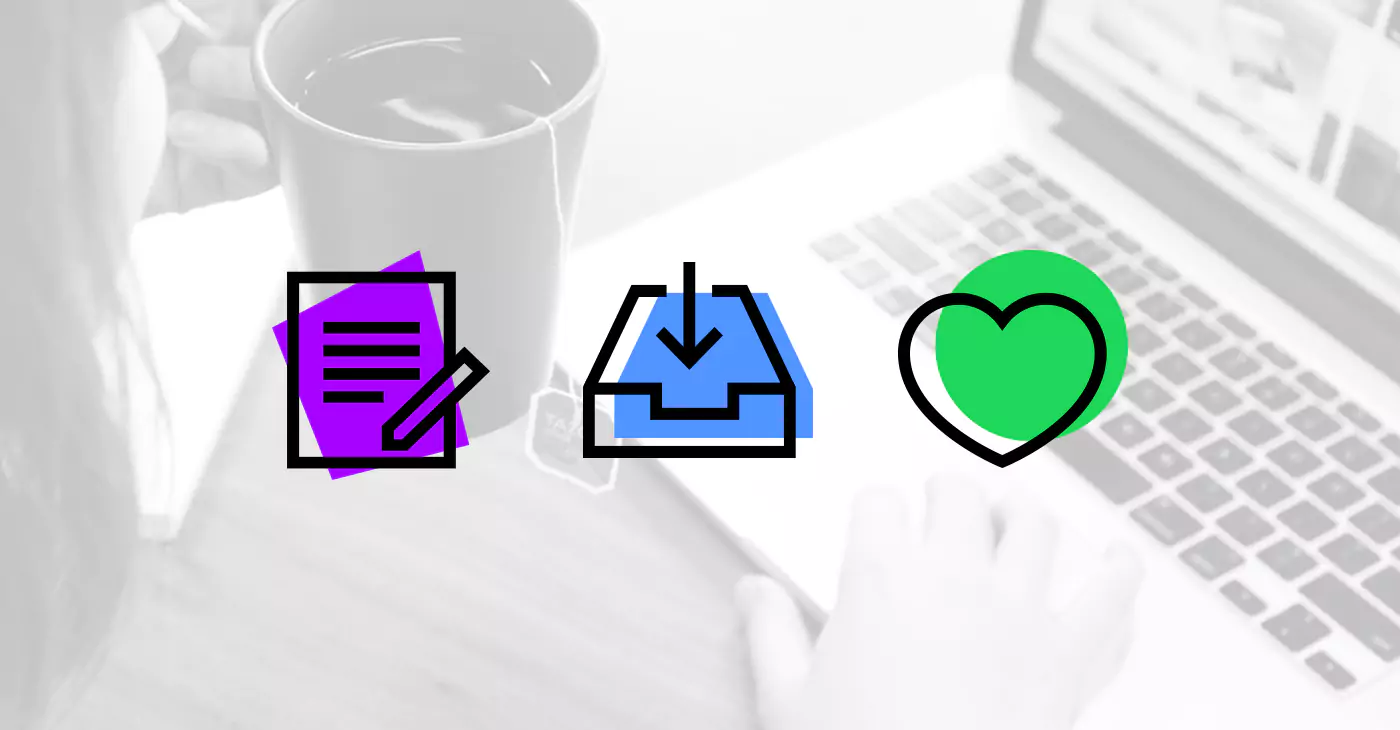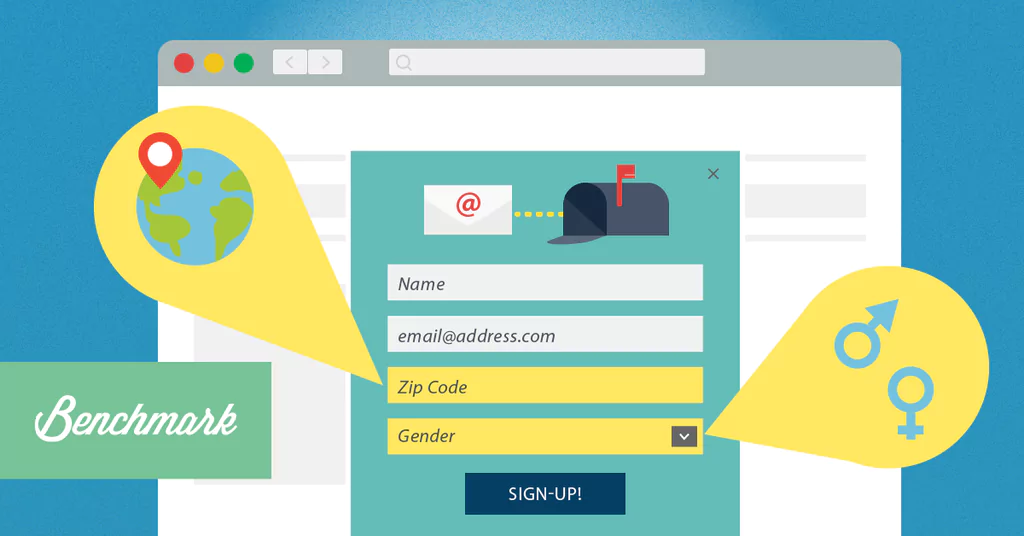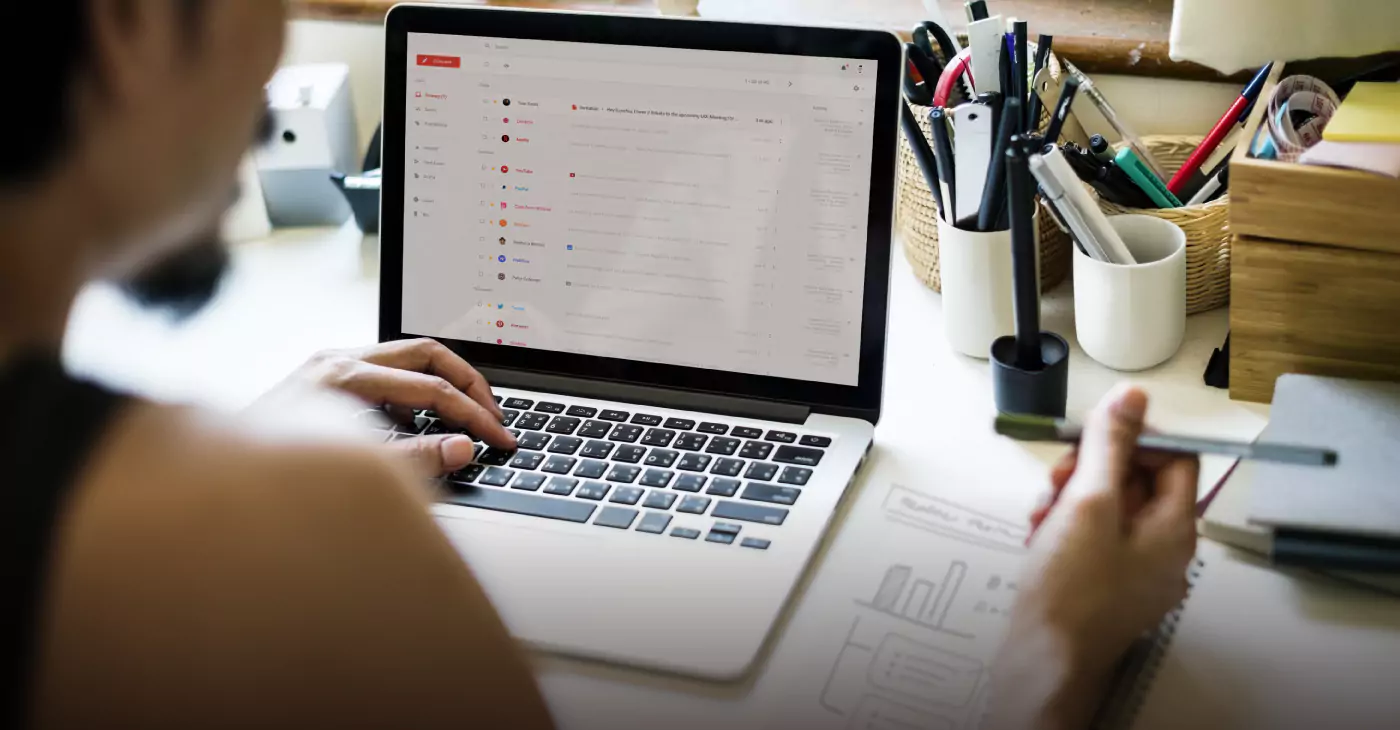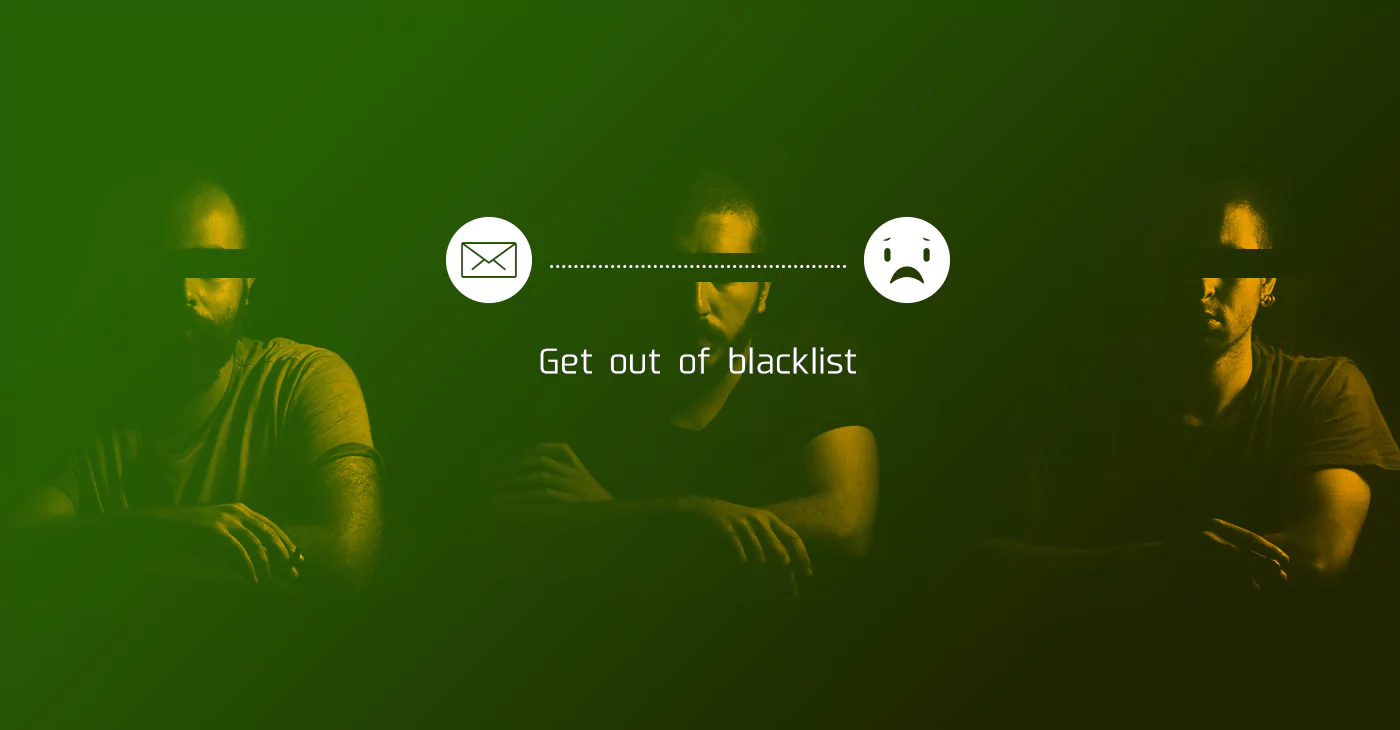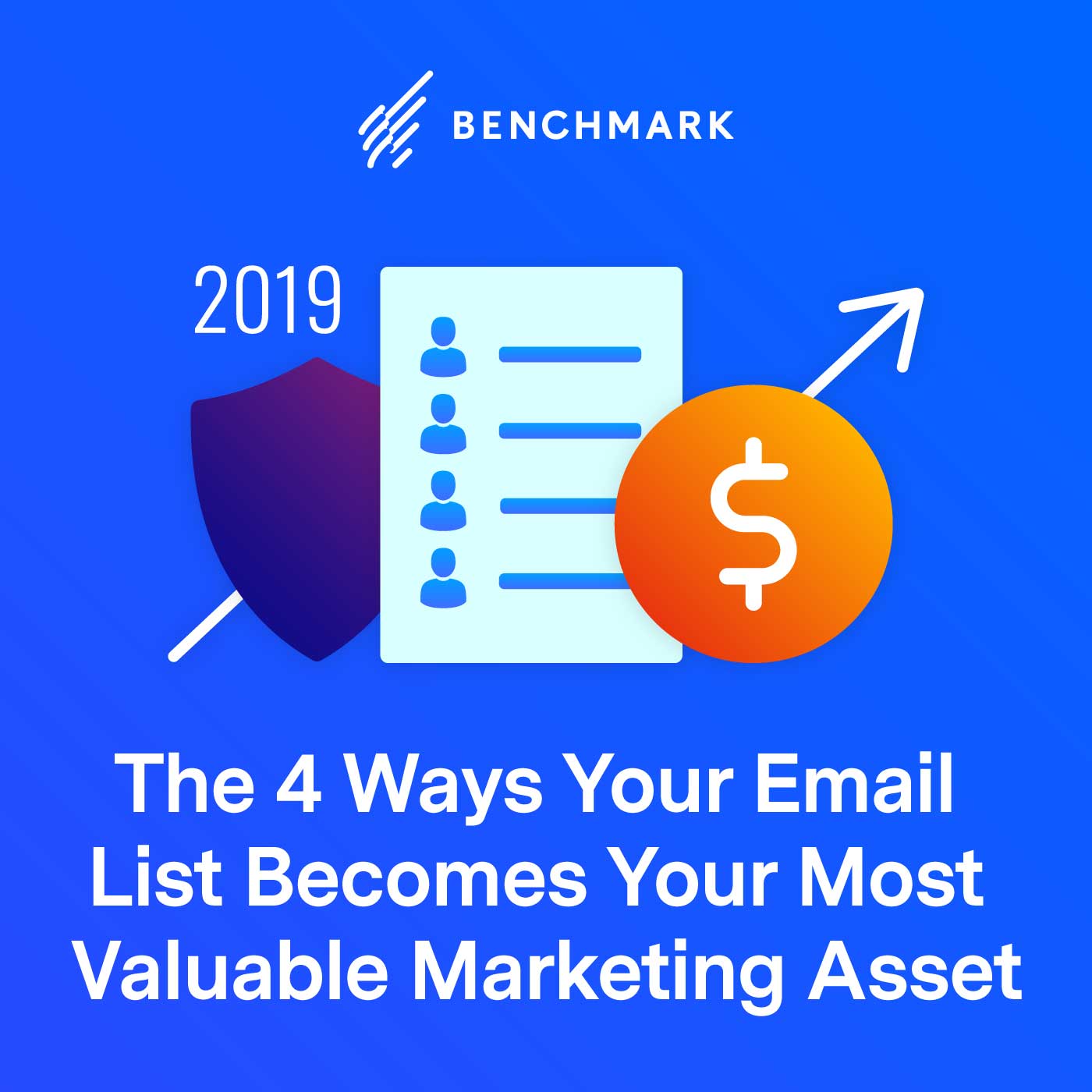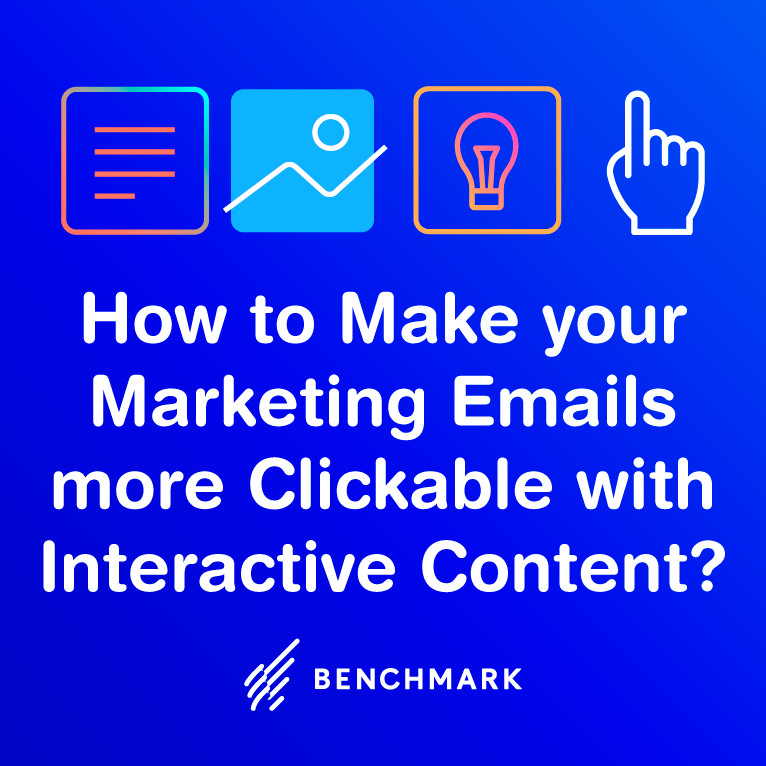Marketing automation can seem scary.
“Giving up control to the machines? No way.”
“I don’t know. It’s so complicated… I’m probably better off doing this on my own.”
Fun fact: Industry stats tell us a very different story.
In fact, this study shows that marketing automation increases sales productivity by 14.5% and drives a 12.2% decrease in marketing overhead.
Doesn’t seem that scary now, does it? It isn’t.
Most marketers still hesitate to take the automation leap, especially because they feel they don’t have a good enough “strategy” to do that yet.
Here’s the good news:
You don’t have to wait. You don’t need a complex, out-of-the-world strategy. Your marketing automation strategy is right there in front of you. It lies within all the things you are already doing manually. You just need to find it.
We are here to help you do just that.
Follow these three simple, super-easy steps to find and deploy your perfect Marketing Automation strategy
1. Start Simple
First of all, stop worrying about doing everything all at once.
You don’t have to automate all your marketing or sales processes in one day. When you start simple, you have a clear idea of where you stand, and where you want to go from there. This gives you more control over your decisions, and you’ll end up with a better, more effective automation strategy.
Automate the Basics
Start with the most basic stuff already part of your sales process.
Think about it: what kind of emails do you typically send out? Don’t you think you can save a lot of time by automating those emails? You could invest that time into more important things. Like actually creating an amazing email.
Here are some basic marketing processes you can easily automate when you start off initially:
Welcome Series
If you have a sign-up or subscription form anywhere on your website, blog or store, you should at least welcome your new subscribers.
If you already do that manually, think about how much automation can help you out. Automating your welcome emails will do more than just save a lot of your precious time and energy. You will also know exactly when and what your visitors will receive as soon as they hit that subscribe button.
Being aware of what your visitors can expect helps you optimize your future marketing efforts. If you manually send your welcome emails, you’ll never fully understand the effects of what you send out.
What if you sent that one email two minutes earlier? What if you forgot to welcome those other two subscribers? The list goes on and on.
Automating your welcome emails ensures your visitors get an immediate response from you, which can do wonders for their experience, help you save time, and increase your sales at the same time!
Promotional Emails
New products in your e-commerce store? An upcoming event you need to promote? A SALE?? Of course, you need to send an email about it!
What if some of your subscribers never opened your email? Maybe they just scrolled past and missed it. Or maybe they just weren’t interested at that time. Whatever the reason, you need to follow up with them. That’s where you automate.
Automating your follow-up emails can help you send personalized emails to the right people, at just the right time, which is an integral part of your automation strategy. You no longer have to worry about tracking down who to send them to, because automating the process will simply send pre-designed follow-up emails after a set time to the right subscribers, based on whether they opened your promotional email or not.
Sending automated follow-up emails will save you tons of time, and will also minimize, if not eliminate, the chances of missing out on following up with some subscribers. It’s also very effective when it comes to increasing sales, and getting people to notice your promotions.
Cart Abandonment & Repurchase Programs
According to the Baymard Institute, the average shopping cart abandonment rate is 69.23%.
That’s a LOT. And if you run an e-commerce business, you already know the importance of trying to win these “abandoners” back.
Look at it this way: These people showed interest in your products. All they need is a little nudge in the right direction!
Cart abandonment and repurchase programs can easily become an effective part of your marketing automation strategy. Instead of manually trying to reach every single person who showed interest in your product, automate the whole process!
This ensures your “potential” customers receive timely, personalized emails, which can dramatically increase your conversion rates. For added impact, you can also throw in automated discounts and promotions on the items they showed interest in or abandoned.
2. Visualize Your Sales Process
Now that you’ve automated some of the basic stuff you usually do manually, it’s time to take things a little further. To develop an ideal, comprehensive marketing automation strategy for your business, you need to look more carefully at your sales process.
Visualize it.
It’s a great practice to jot down all the steps involved in your marketing and sales process, from welcoming subscribers, offering promotions and discounts, to thanking them and asking them for feedback. Once you do that, it will be much easier to focus on each part, instead of being overwhelmed by the whole.
Look for Opportunities to Automate
The good thing about visualizing your entire sales process is now you can identify ‘openings,’ or opportunities to automate.
Don’t just restrict yourself to the obvious. Look for the pieces in between. Thanking a customer after they buy your product? Automate it. Schedule an awesome ‘Thank You’ email that goes every time someone makes a purchase. That part where you ask for their feedback? You can automate that too.
Other than the usual stuff, you can also use your creativity to start to fill in the gaps. If you collect information like your subscriber’s birth date, you can send out automated birthday emails to brighten their day!
Enrich your automation strategy by exploiting new, untapped opportunities in your marketing and sales process.
Work Backwards
Great, so you have started to hunt for opportunities to automate. Now, how about you look at your sales process from a different perspective?
Working backward, or reverse engineering your sales process, is a crucial step in developing an effective automation strategy. When you work backward, you start with the end in mind.
Look at what sells, and which of your campaigns do well. Break it down and see what worked. What parts can you automate to get the same or even better results?
3. Learn from Others Use of Marketing Automation
Never underestimate the importance of learning from other businesses, and all their different kinds of automation campaigns and strategies.
Take inspiration from the best, and you’ll find that marketing automation is not complicated at all. Finding out what works, and following the trend, with some modification, of course, can go a long way in helping you develop that perfect automation strategy.
Check out these examples of great automated emails for a healthy dose of inspiration:
Example 1: Evernote
Evernote is a digital productivity tool for collecting and organizing notes.
Here is an example of their Welcome Email, which is sent as soon as a visitor makes it through their opt-in page, and downloads their software. Notice how they end their welcome email with a call-to-action for downloading their app across all other devices.
Evernote’s Welcome Email is followed by a series of more short emails, which guide you step-by-step through the journey of using and understanding their app. Each email makes sure to end with a call-to-action.
Check out the complete email sequence here.
Example 2: Twitter
Of course, you know about Twitter. It’s one of the most popular social media platforms out there.
Twitter welcomes its new users with a different, more actionable approach than others. Take a look at this example of the first email visitors receive as soon as they sign up and verify their email address on Twitter.
What’s important to note here is this email is part of Twitter’s onboarding sequence. Which means that each email in the series is designed to get new users to engage with the platform, and start using it regularly.
This first email helps new users ‘get started’ immediately and connects with them by showing them they are part of the Twitter community now. Notice the two calls-to-action placed inside the email.
You can check out Twitter’s complete onboarding email sequence here.
Example 3: Vimeo
Vimeo is a popular video marketing and hosting platform.
Here is an interesting example of Vimeo’s onboarding email sequence. Vimeo sends out this specific automated email to remind users about their weekly storage limit. Notice how the email also incorporates some calls-to-action to get people to upgrade to their PRO Unlimited or Business plans.
As I said before, this email is part of Vimeo’s onboarding email sequence. The other emails in this sequence also talk about the PRO and Business plans in detail, with the aim of getting their users to upgrade and actively engage with the platform.
Check out Vimeo’s complete onboarding email sequence here.
Conclusion
Developing your perfect marketing automation strategy is not as complicated as you think it is. You just need to reflect on the sales process you already have in place and find out where you can automate to speed things up and get better results.
Did this article help you find a great automation strategy for your business? Let us know your feedback and comments!





